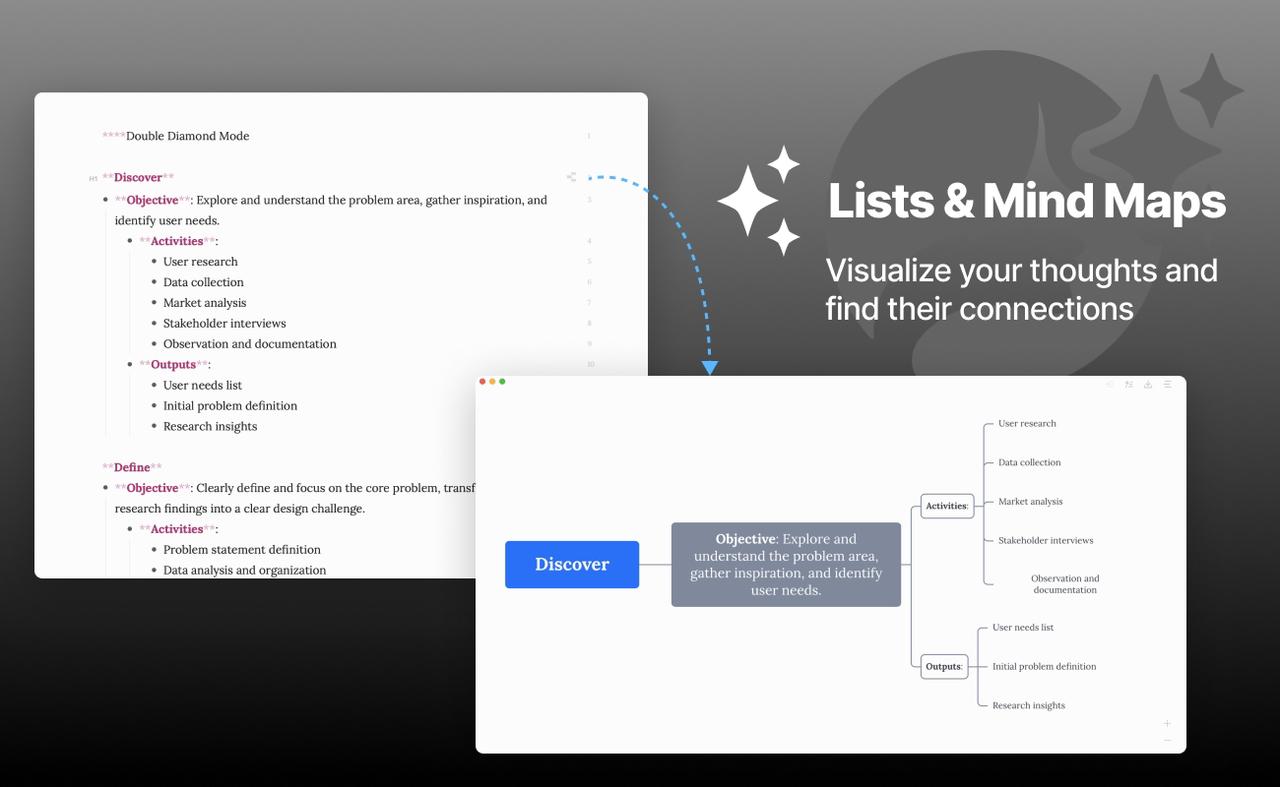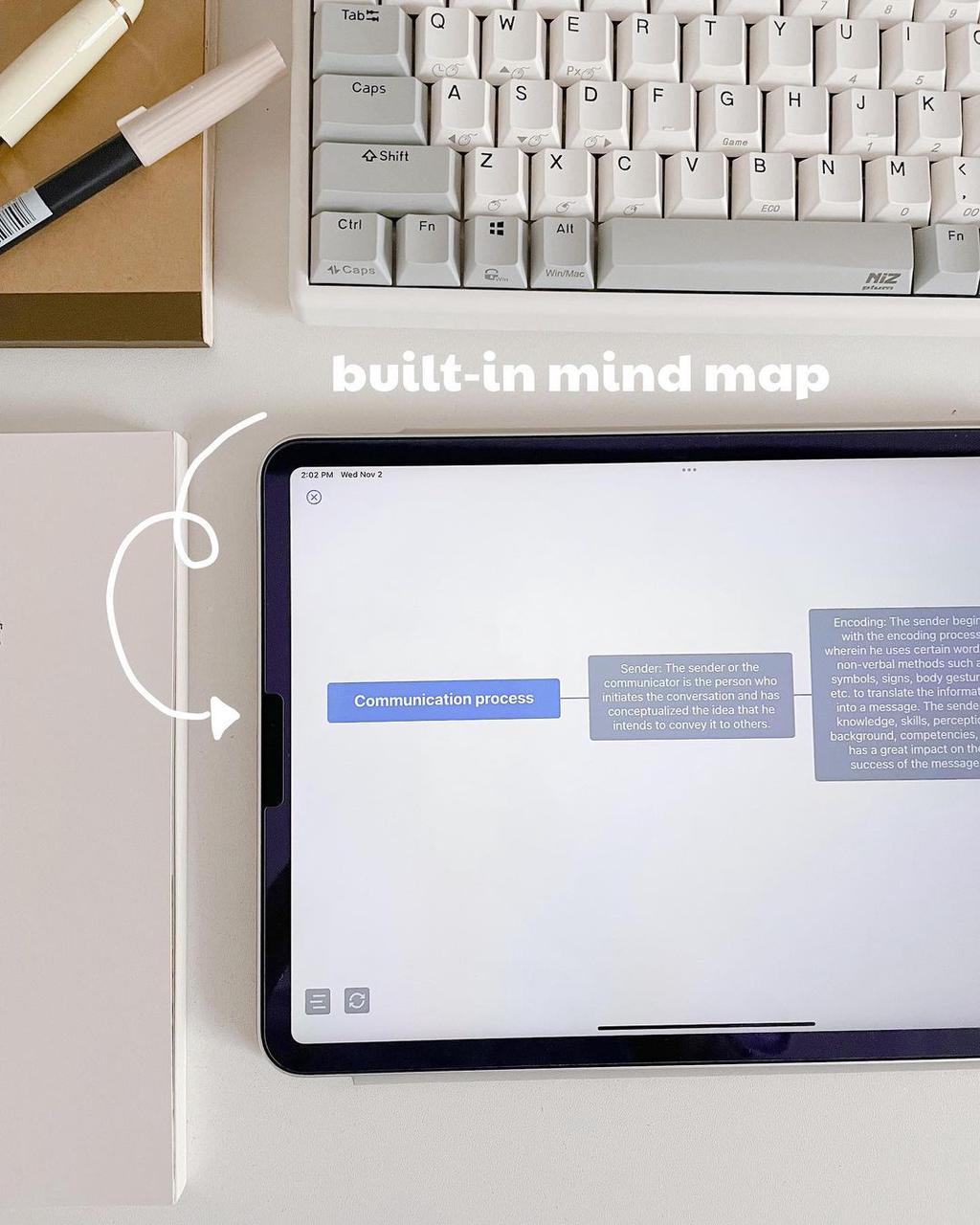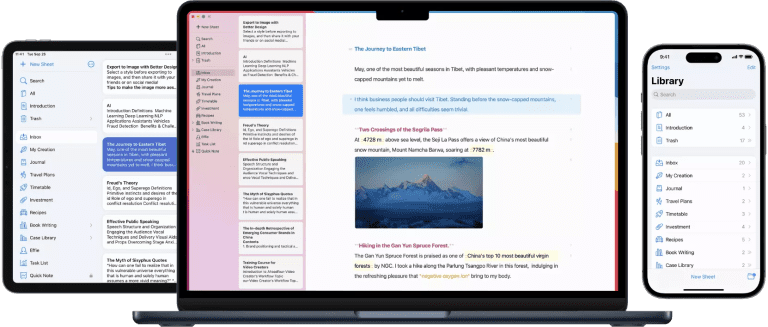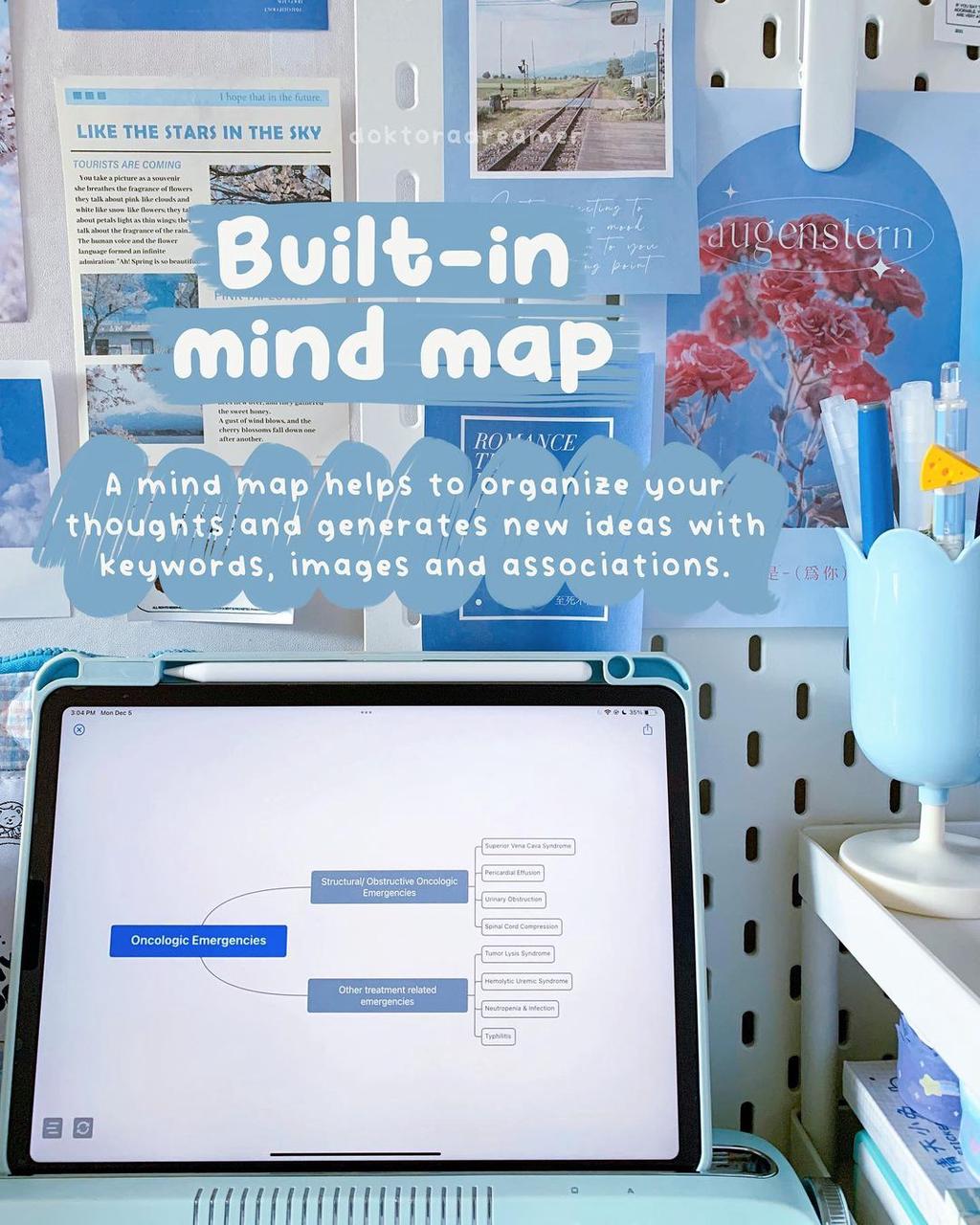How to Write Outline Notes: Tips for Better Learning
As a lifelong learner, I’ve found note-taking key in my studies and work. The outline writing techniques changed how I take notes. It helps organize complex ideas into a simple structure.
The outline writing techniques is great for capturing and understanding information. It’s useful in academic writing,lectures, meetings, or research. It lets you see how main topics, subtopics, and details relate to each other.
This visual approach keeps your notes tidy. It also helps you grasp the bigger picture. You’ll see how different pieces of information connect.
Key Takeaways
- The outline note-taking method allows for recording up to 40% of lecture materials, outperforming conventional note-takers.
- Outlining helps capture the relationships between information, enhancing knowledge retention.
- Indentation and spacing in the outline format provide a clear hierarchy of topics, subtopics, and supporting details.
- Handwriting notes can lead to better learning and memory of conceptual information.
- The outline method is an effective and science-backed technique for taking notes in various settings.
What is the Outline Note-Taking Method?
The outline note-taking method is a way to organize information in a clear, structured way. It starts with main ideas as points, then adds details and sub-points indented to the right. This makes it easy to see how different ideas are connected.
This method is like outlining for research papers but for notes from lectures or texts. It helps you learn and remember better by making connections between ideas.
Definition and Overview
The outline method breaks down big ideas into smaller, easier-to-understand pieces. It’s great for topics that need lots of explanation. It’s also good for planning presentations, making summaries, or jotting down quick notes.
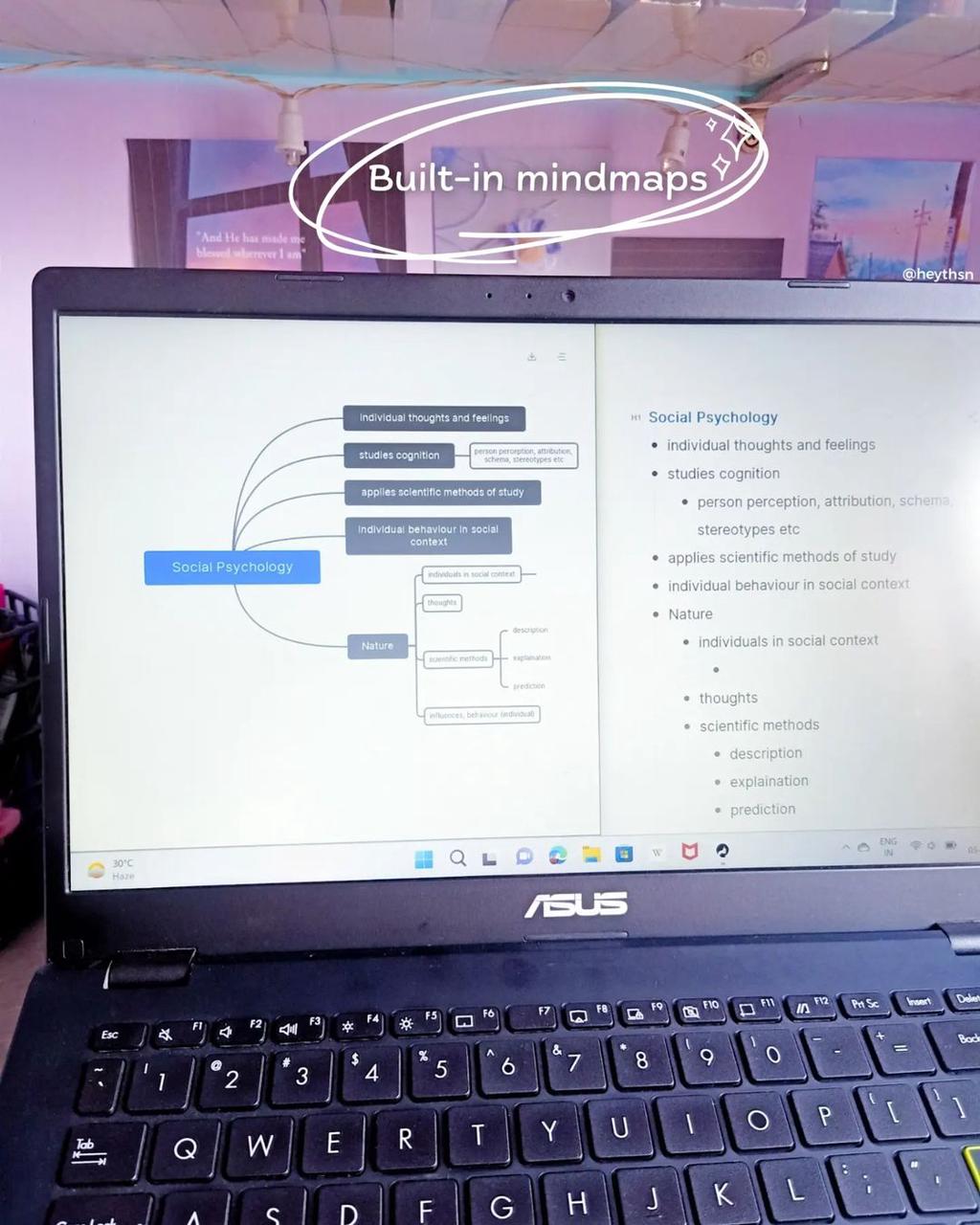
But, it’s not best for notes with diagrams or charts. It works best for linear notes written in full sentences. To write better outline notes, use bullet points, connect your thoughts, and use lined paper with margins for extra notes.
The outline method is a structured, logical way to organize and understand information. Studies show it can boost academic performance and help students remember what they learn.
When to Use Outline Notes
The outline note-taking method is great for many situations. It’s perfect for planning and organizing your work, like presentations or essays. This method lets you arrange your ideas and details in a clear order.
It’s also good for summarizing and recapping information. Writing outline notes boosts your ability to spot key ideas and arrange them effectively. They’re also great for jotting down info in classes or work gatherings. This method makes it easier to grasp how to write outline notes that are clear and helpful. It makes sure you capture the main ideas.
Planning and Organizing Content
Outlines help a lot when writing reports or essays. They let you sort your ideas and plan how to share information. This makes writing easier and clearer. You start with big topics and add smaller details, making your content easy to follow.
Summarizing and Recapping Information
The outline format is also great for summarizing complex information or recapping key points. It lets you identify main themes and organize your notes.You end up with a neat, thorough recap that’s simple to look over later.
Note-Taking During Lectures or Meetings
At lectures, classes, or meetings, the outline method is very useful. It helps you capture the most important information in an organized way. This method lets you grab key info in a tidy way. Use big titles, smaller titles, and dots to sort what’s important. It keeps you from forgetting stuff and helps you find your notes quickly later on.
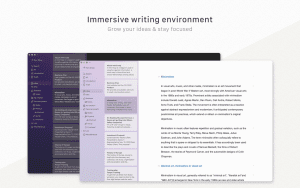
“The outline method is a powerful note-taking strategy that helps me stay focused and organized, whether I’m planning a project or summarizing a lecture.”
Outlining Tools and Software
If you’re looking for outlining tools to enhance your note-taking experience, outlining software like Effie offers unique features that go beyond traditional methods. Effie not only helps you create detailed outlines but also provides AI-powered suggestions, improving your overall efficiency.
Effie’s mind mapping tool helps you see your ideas on screen. This makes it easy to create neat notes and outlines, which can help you study better. Whether you need to write academic papers or prepare for exams, Effie’s AI tools, including tone adjustments, grammar fixes, and real-time syncing, offer everything you need for effective learning.

How to Write Outline Notes
Step-by-Step Guide
Getting good at outline notes can really boost how you learn. It’s handy for students, workers, and anyone wanting to pick up new stuff. Here’s how to become great at how to write outline notes.
- Identify the Structure: Start by understanding the structure of what you’re studying. Know the main topics, subtopics, and how they connect. This helps you organize your outline note-taking well.
- Create a Hierarchy: Make a clear hierarchy in your outline. Use headings and subheadings to show how points are connected. This makes it easier to see the big picture of step-by-step guide to outlining.
- Use Concise Language: Keep your notes short, aiming for 8-10 words per bullet point. This helps focus on the main ideas and keeps your outline note-taking tips clear and easy to review.
- Emphasize Relationships: Show how different points and sub-points are connected. This helps organize your thoughts and deepens your understanding of best practices for outlining.
- Incorporate Visuals: Add images, diagrams, or charts to your outline. This makes the how to write outline notes more engaging and memorable. Effie’s built-in mind map helps integrate visuals seamlessly, turning complex ideas into structured notes.
- Review and Refine: Regularly check your outline notes and make changes as needed. This helps improve your step-by-step guide to outlining and makes it more effective for your learning.
By following these steps, you’ll master the art of how to write outline notes. This powerful technique will greatly benefit your learning.
| Benefit | Description |
|---|---|
| Memory Retention | Outlining helps remember information better, especially during exams or practical situations. |
| Time Efficiency | Outlining is a quick and efficient way to take notes, compared to writing full sentences. |
| Usage Flexibility | The outline method works well for different subjects and learning styles. |
| Active Engagement | Creating outlines helps you understand and think critically about the information. |
| Visual Representation | Outlines make information easier to see and understand, showing how different points relate. |
| Distractions Reduction | Outlines help focus on the important information, making learning more effective. |
| Personalization | Outlining lets you add your own creativity and make notes more enjoyable and effective. |
By using these benefits, you can make the most of the outline note-taking method. This will greatly improve your learning outcomes.
Tips for Effective Outline Note-Taking
Learning to take effective outline notes can really boost your learning and grades. Try these ideas to improve your skills:
- Understand the Structure of Outline Notes: Outline notes have a clear structure. They have main topics, subtopics, and details. Knowing this helps you organize your notes well.
- Focus on Key Information: In an outline, focus on the main points and ideas. Don’t just write everything down. Pick out the most important stuff.
- Use Abbreviations and Shorthand: Create your own short forms and symbols to write faster. This helps you keep up with lectures or meetings.
- Review and Refine Your Notes: Go over your notes after each session. Fill in any missing parts and clear up confusing points. This helps you understand and remember better.
- Customize the Outline Format: The traditional outline is good, but you can change it to fit you. Try different layouts, colors, or even mind maps to see what works best.
Using these tricks will help you make better outline notes and learn more.Pick a method that fits your style and learning needs.
| Note-Taking Method | Strengths | Weaknesses |
|---|---|---|
| Outline Note-Taking |
|
|
| Sentence Note-Taking |
|
|
| Concept Mapping |
|
|
The best note-taking strategies match your learning style and the setting you’re in.Test various ways to see which one suits you most.
“Good note-taking means more than just writing stuff down. It’s about really thinking about what you’re learning and linking ideas to help you grasp and remember things better.”
Conclusion
The outline note-taking method is a great way to organize and understand complex information. It breaks down key ideas into a structured format. This makes it easier to see how different ideas are connected and helps you remember them better. Using tools like Effie ensures your outlines are not only well-structured but also polished and comprehensive, thanks to its AI features.
Whether you’re planning a project, summarizing a lecture, or taking notes in a meeting, the outline method is useful. It keeps you organized and helps you stay focused on the content.
Using a clear process and helpful tricks, you can get the most from how to write outline notes. Remember, ending your paper well matters just as much as starting it strong. The outline method helps you create a conclusion that offers new insights to the reader.
As you keep using the outline note-taking method, remember to play the “So What” game. Synthesize key points and suggest actions. Avoid repeating your thesis or introducing new ideas. Instead, aim to create a conclusion that connects deeply with your audience.
Use these methods to boost your study and note habits. You’ll learn more and grow your understanding.
FAQ
What is the outline note-taking method?
The outline note-taking method organizes information in a clear way. It starts with main ideas listed as points. Then, it adds details and sub-points by indenting to the right.
This makes it easy to see how different ideas are connected.
When is the outline note-taking method useful?
It’s great for planning presentations, projects, or essays. It’s also good for making summaries or taking notes in lectures or meetings. The method helps organize main ideas and details in a logical way.
How to write an outline for notes?
how to write an outline for notes, start by identifying main ideas. List these on the left side of the page.
Then, indent to the right for supporting details and sub-points. Use consistent formatting to show the hierarchy of your information.
What tips can I use to improve my outline note-taking?
To enhance your outline note-taking, consider these tips. Use keywords and keep your phrases short. Leave space for adding more details later.
Include diagrams or mind maps for visual interest. Review and refine your outline after you’ve finished. Regular practice will also help improve your skills.
Source Links
- Mastering How to Take Outline Notes Effectively – https://www.effie.pro/blog/mastering-how-to-take-outline-notes-effectively/
- The Outline Note-Taking Method: A Guide to Fast, Effective, and Accurate Outlining – https://www.beforesunset.ai/post/the-outline-note-taking-method
- The ultimate guide to the outline note-taking method – https://able.ac/blog/outline-note-taking-method/
- Outline Method of Note-Taking – https://upchieve.org/blog/outline-method-of-note-taking
- Conclusions – The Writing Center • University of North Carolina at Chapel Hill – https://writingcenter.unc.edu/tips-and-tools/conclusions/
- How to Write a Conclusion for an Essay | BestColleges – https://www.bestcolleges.com/blog/how-to-write-a-conclusion/

